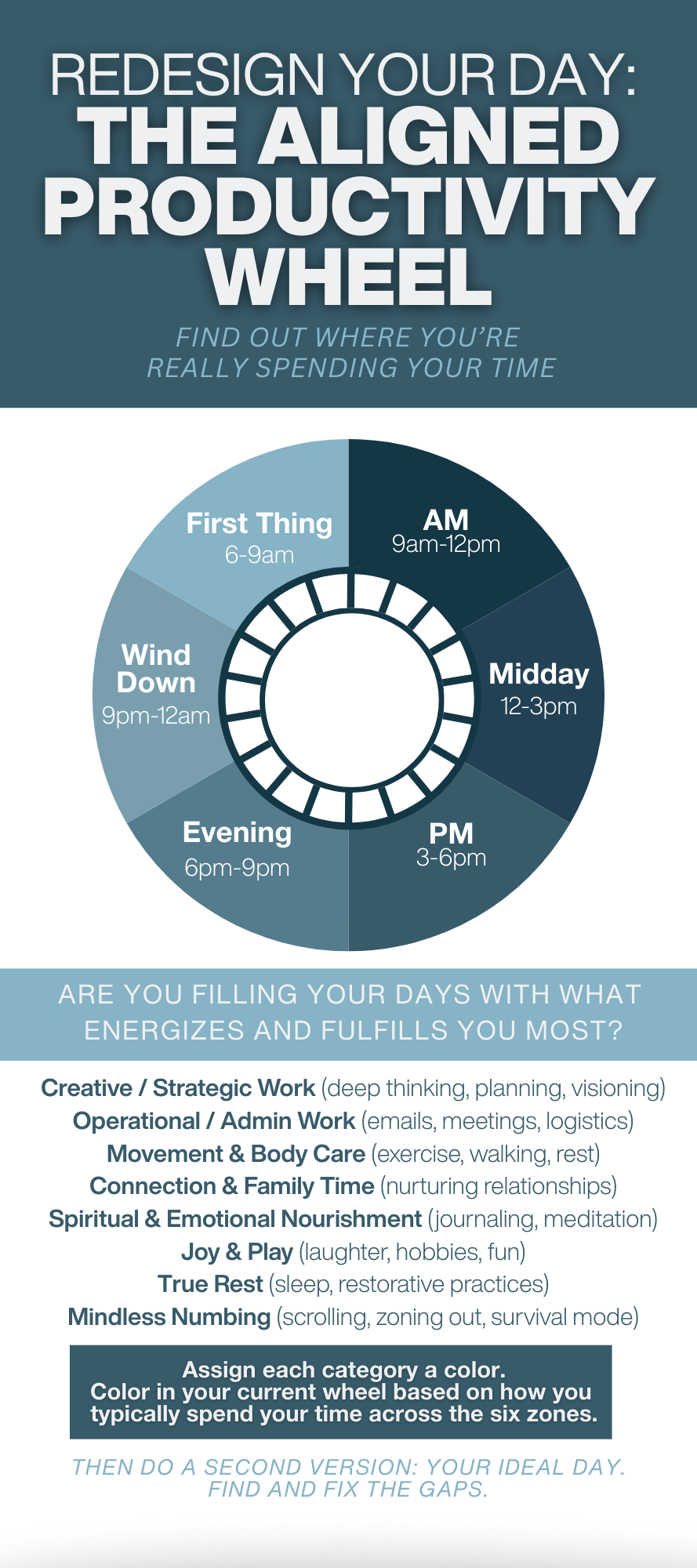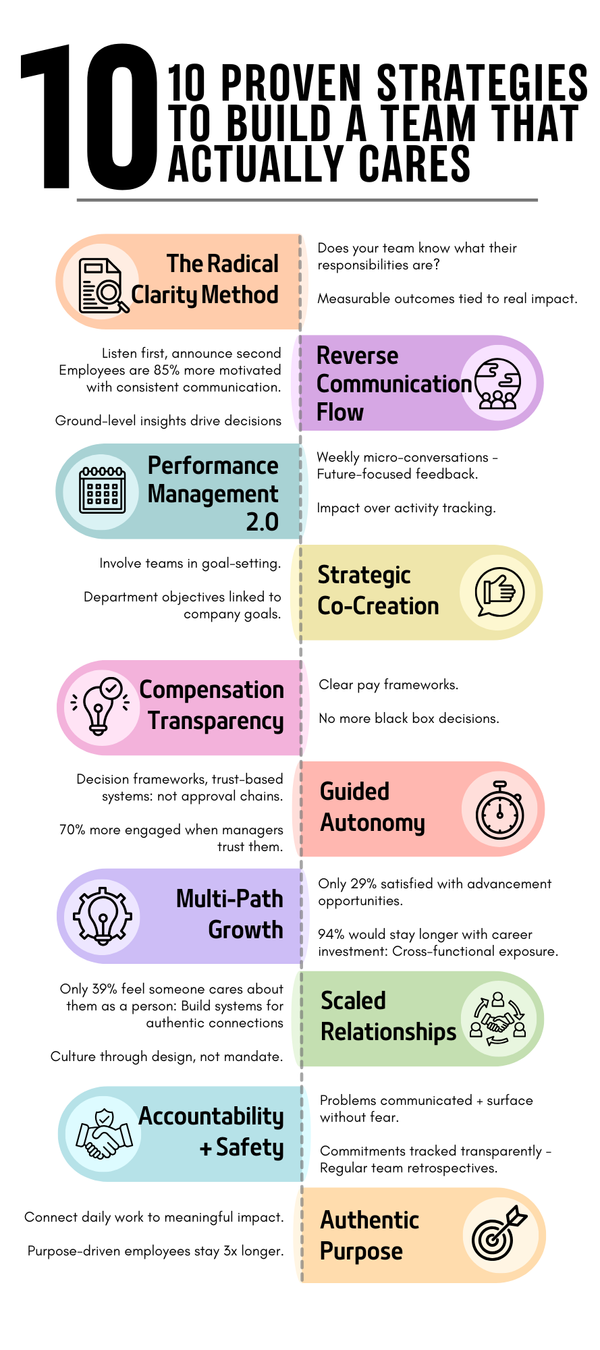
Health and well-being are major components of being ridiculously efficient. While some might think that wellness programs get in the way of actual work, they are hugely misguided. Recent research from Gallup found that well-being programs actually help to boost performance in the workplace.
[contextly_sidebar id="eQWja4OVOO9IJIRA7r1jkN5dQa23Osc0"]
Companies that support both the well-being and engagement of employees will see high performance in both teams and individuals, the research firm found. Even simply focusing on engagement alone can have positive health outcomes for employees. Gallup found that workgroups with higher employee engagement had 8% less unhealthy days than average over a six-month period. However, workgroups that were both engaged and thriving in their well-being had 38% fewer unhealthy days. This combination of focusing on well-being and engagement seems to help boost overall productivity.
"Employees are probably more freed up if they have high well-being and high engagement, because they don't have a lot of things holding them back," said Jim Harter, Ph.D., Gallup's chief scientist of workplace management and well-being. "They can use their energy to engage their customers."
Gallup identified five well-being elements: purpose, social, financial, community and physical. Harter says that if employees are thriving in these five areas and are emotionally invested in their work, they will consistently bring their A-game.
According to Gallup, purpose is enjoying what you do every day and feeling motivated to achieve goals. Social means having supportive relationships and love, while financial is the ability to manage your economic life in order to reduce stress and increase security. Community is liking and feeling safe in the area in which you love, while also feeling pride toward your community. Physical means having good health and having the energy to complete daily tasks.
Gallup found that workgroups with high engagement but low well-being had a turnover rate that was 20% below average. However, those that had high engagement and high well-being had 30% lower turnover rates. Groups that were less engaged and had low well-being had a turnover rate that was 48% higher than average.
Gallup notes that engagement is the basis for which well-being programs can thrive. If employees are engaged, they will participate in such programs. That means that workers need to feel that they are part of a strategy that is well-communicated and supported by leadership. Then, the well-being program must offer enhancements for each of the five well-being elements in order to offer opportunities for employees to thrive in every aspect of their health.
"Whether it's conscious or not, there's some reciprocity that happens -- employees think, 'I'm going to do what's right for my company because the company is looking out for my best interest,'" Harter said.
Therefore, the formula for a thriving and high performing workforce is equal parts engagement and well-being. Does your workplace support all aspects of your health?










Member discussion